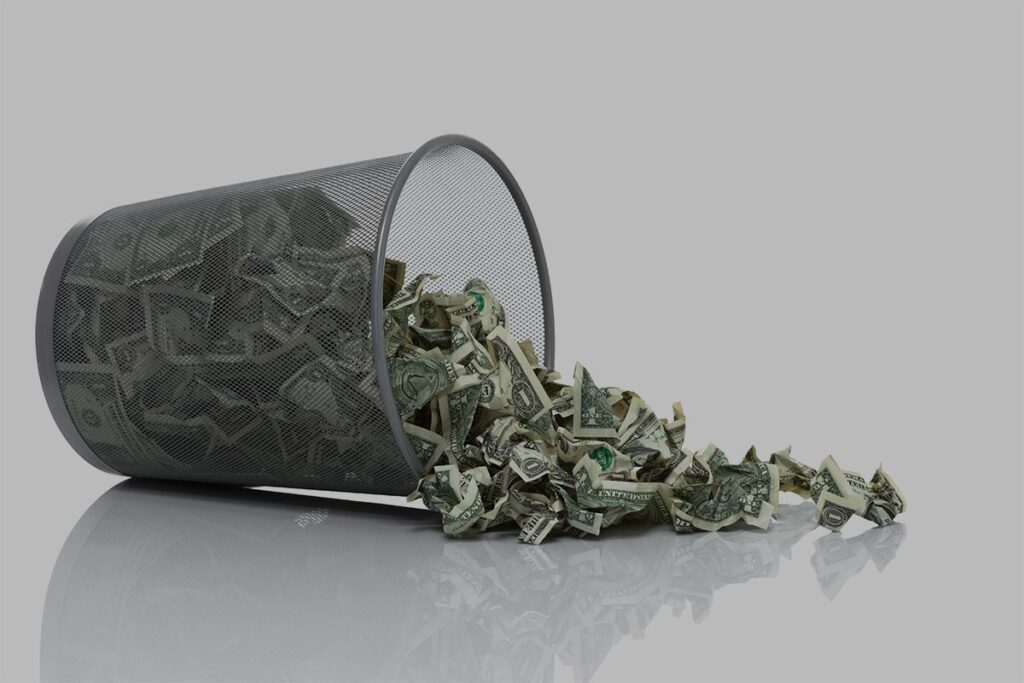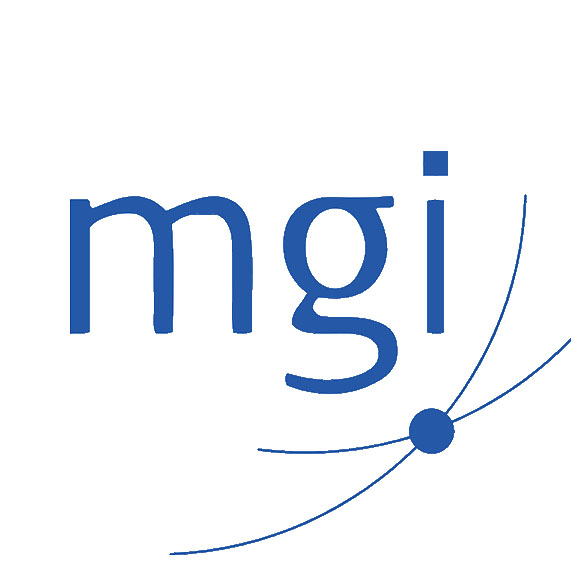Just like in our own household, waste costs the average family business tens if not hundreds of thousands of dollars every year. However, the business owner doesn’t just incur the yearly cost, but the multiple of that cost when a business is sold.
Let’s assume that through a waste audit we can identify $100,000 in yearly cost savings in your business. Let’s also assume that you’re getting close to selling your business. As businesses are generally sold for a multiple of earnings (i.e. profit), it follows that if you can cut $100,000 in costs, then you’ll increase profits by the same amount. If the business is sold for say five times profit, then that’s a cool half a million dollars in your back pocket – certainly nothing to be sneezed at!
Reducing waste may not sound overly exciting, but it can pay real dividends. And a point to remember: this is money that is coming straight out of your pocket!!!
I use activity based costing (ABC) as a means to explain what I mean by waste. ABC is a simple concept. In any business, people do things, whether this is loading a truck, operating a machine, using a computer. This is called ‘Activity’. In the course of “doing things” scarce resources are consumed e.g. the person’s time, the cost of the machine etc. Each of these has a cost, whether it be the wages of the employee or the operating costs of the equipment. ABC is about allocating the cost of those resources to cost objects. This could be a particular product or service.
So, whether we like it or not, these costs are embedded in the products or services businesses sell. If the cost of your product or service is not competitive in the marketplace, think about undertaking a waste audit. It may enable you to reduce your costs and become more competitive.
So what are the main areas of waste and how can we reduce or eliminate them? Many years ago, Toyota identified seven prominent waste areas.
- Overproduction – don’t produce ‘stuff’ for the ‘just in case’ scenario. Produce it ‘just in time’. Producing without the guarantee of sales is waste.
- Waiting – this occurs whenever time is not being used efficiently. This might include lead time waiting for the next stage in the production cycle. Some estimates suggest that it is not unusual for a product or service to spend 99% of its time waiting. Any time you have a product “waiting” at any stage of the production cycle, and after it (e.g. holding stock) you have waste.
- Transporting – customers don’t want to pay for the cost of transportation between internal business processes and hence a clear source of non-valued cost. Look at your stock layout. Is your workplace set up efficiently for each stage of the production process or is there unnecessary transporting of raw materials and finished goods.
- Inappropriate processing – this occurs whenever a business is processing ‘stuff’ using the wrong equipment or people. Do you have highly qualified people handling tasks that others could handle? Are you using a “Rolls Royce” machine to do a job that can be done by a much cheaper machine?
- Unnecessary inventory – I’m continually amazed when I go into a business and the owner proudly shows me all the stock they are holding, as if this is somehow a sign of how strong the business is. When I see large amounts of stock, I think of one thing — dollars!! If we imagine piles of cash where we see stock, maybe it would be easier to understand it as waste — piles of cash sitting on the shelf making absolutely no return. This is the case whether it is raw materials waiting to be converted to finished product or the finished product itself.
- Motion – this might be as simple as having an inefficient office or factory layout, with products or services being passed through multiple sets of hands, certainly more than is required.
- Defects – this is a “no brainer”. Everyone knows that re-work or replacing a product or service costs money. Find out the cause, is it a system, process or human error and put in place actions to prevent it happening again.
Over the years I’ve worked with many businesses to identify waste. I work through a process to identify and quantify waste in each of the above areas. We then assess this against the ease of fixing the problem. We start with the bigger the potential cost savings that are the easiest to fix.
In my experience, it is only once you get on the “waste train” and embrace it, that it stands out and becomes easier to identify. It’s as if a light bulb goes on in the mind of the business owner. The “penny drops” and a whole new mindset takes hold.







